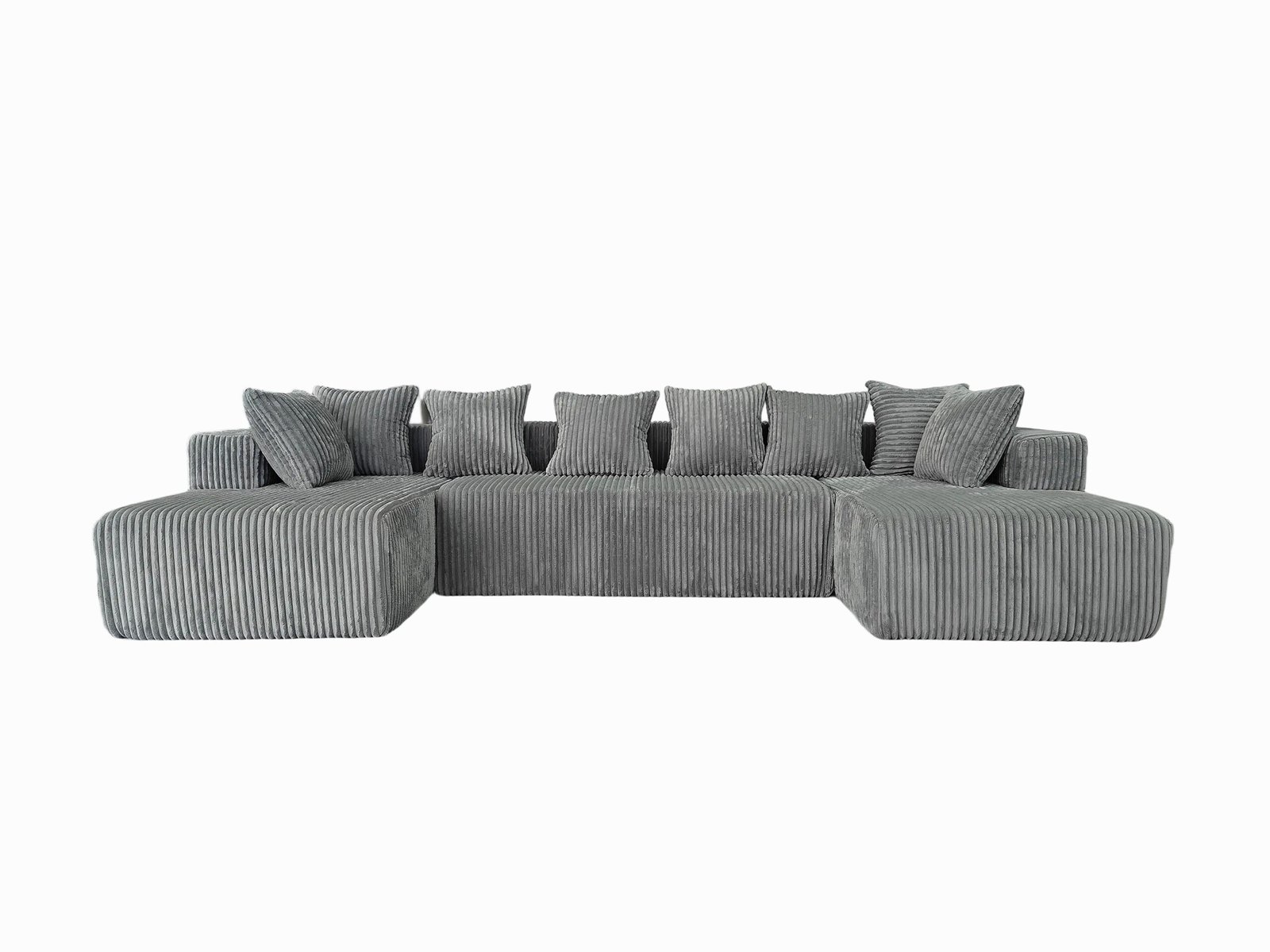
Compressed sofas have become a popular choice for modern homes due to their space-saving design and ease of transportation. But what happens when they reach the end of their lifespan? Can they be recycled, or do they end up in landfills?
Yes, compressed sofas can be recycled. The key lies in properly dismantling and sorting their components—wood, metal, foam, and fabric—so they can be processed in specialized recycling facilities.
Many consumers are unaware of the recycling potential of their furniture. In this guide, I’ll explore the recyclability of compressed sofas, the dismantling process, and sustainable disposal options.
What Are Compressed Sofas Made Of?

Compressed sofas are designed for durability and flexibility, using materials that can be compacted for easier transport. However, each material has different recycling challenges.
- Wood: Used for the frame, it is often recyclable or repurposable.
- Metal: Found in springs and support structures, metal is highly recyclable.
- Foam: Cushioning foam can be repurposed but requires specialized facilities.
- Fabric: Textile components can be recycled, though processes vary by material type.
Understanding these materials helps us determine the best recycling methods for each component.
How to Dismantle a Compressed Sofa for Recycling?

Before recycling, a compressed sofa needs to be properly dismantled. The process involves:
- Removing the Fabric – Unzipping or cutting the upholstery to separate it from the frame.
- Extracting the Foam – Carefully removing foam cushions for separate processing.
- Disassembling the Frame – Using tools to detach wooden and metal components.
- Sorting Materials – Separating materials into different categories for recycling.
Proper dismantling makes it easier to send each material to the right recycling facility.
Where Can You Recycle a Compressed Sofa?

Different facilities handle different materials from compressed sofas:
| Material | Recycling Method |
|---|---|
| Wood | Can be repurposed for furniture or chipped for mulch. |
| Metal | Sent to metal recycling plants to be melted and reused. |
| Foam | Processed into carpet padding or insulation. |
| Fabric | Recycled into new textiles or insulation. |
Consumers should check with local waste management services or recycling centers to find the best disposal option.
What Are the Environmental Benefits of Recycling Compressed Sofas?

Recycling compressed sofas helps reduce waste and supports sustainability. Key benefits include:
- Less landfill waste – Proper recycling prevents bulky furniture from clogging landfills.
- Resource conservation – Recycling wood, metal, and textiles reduces the need for new raw materials.
- Energy savings – Processing recycled materials consumes less energy than producing new ones.
By recycling, we minimize environmental impact and contribute to a circular economy.
Conclusion
Compressed sofas are recyclable, but it requires effort to dismantle and sort materials correctly. By choosing sustainable disposal methods, we can reduce waste and promote eco-friendly practices in furniture recycling.